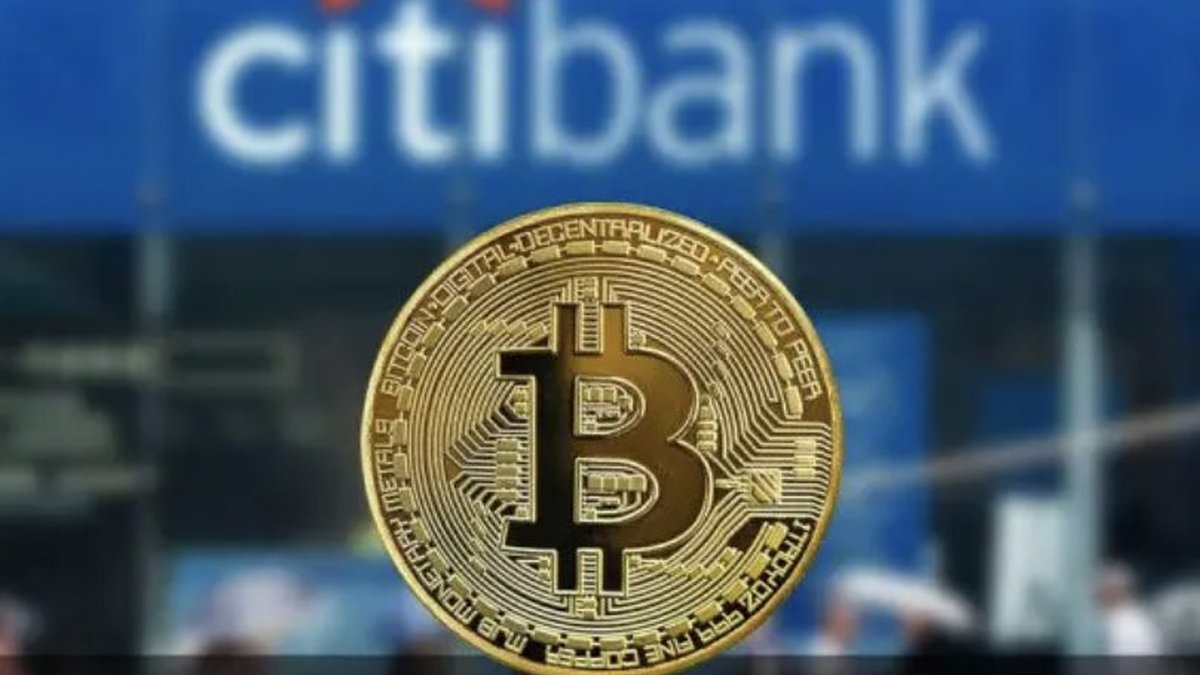Citibank N.A. (~$1.8T in assets) is preparing to offer institutional crypto custody in 2026. The move builds on Citi’s tokenization rails and could rewire the competitive map for bank-grade digital asset safekeeping
Citigroup plans to launch institutional crypto custody in 2026, positioning the banking giant to hold native digital assets on behalf of clients and to plug crypto into its existing securities services stack. Multiple outlets reported that Citi has spent the past two to three years building the platform and lining up third-party integrations for specific asset types.
Why this matters: scale, trust, and pipes
Citibank, N.A. is among America’s largest banks; Federal Reserve tables show roughly $1.83 trillion in assets at the bank entity as of June 30, 2025. Bringing that balance-sheet heft and global controls framework into crypto custody is a meaningful step toward bank-grade safekeeping for digital assets.
The custody push doesn’t arrive in a vacuum. Citi has been laying tokenization rails, including its Citi Digital Assets infrastructure and the Citi Token Services program for programmable, 24/7 value transfer. In 2025, Citi also partnered with Switzerland’s SDX on tokenized private-market access and servicing—signaling an intent to stitch traditional and digital markets.
What Citi says it will offer
- Institutional custody for native crypto: Holding bitcoin, ether and select assets in bank-grade vaults, with reconciliation and reporting aligned to securities services standards.
- A mix of in-house and partner tech: Citi is exploring internal builds alongside vetted third-party providers to cover different chains and wallet models.
- Roadmap adjacency: The bank is evaluating roles in stablecoin reserve custody and, longer-term, its own tokenized cash instruments—consistent with comments from Citi executives throughout 2025.
The competitive map: banks vs. crypto-native custodians
Citi’s entry sharpens the race among global custodians. BNY Mellon switched on a digital asset custody platform back in 2022 for select clients and has since expanded tokenization services; State Street has been building an end-to-end digital assets stack and says institutional exposure is set to double within three years. Europe’s market plumbing is also moving—Deutsche Börse’s Clearstream began offering crypto custody and settlement for institutions earlier in 2025.
For crypto-native providers, the arrival of a global bank custodian adds competition but also legitimacy. Expect mandates that prize segregation of assets, audited controls, and interoperability with fund admin, collateral, and ETF servicing to tilt toward firms that can bridge traditional and digital asset operations without sacrificing risk hygiene.
Regulatory winds: clearer, but not clear-cut
Reports of Citi’s 2026 timing coincide with a friendlier U.S. policy tone toward digital assets—particularly around stablecoins—and a wave of bank-led pilots. Reuters recently noted that Citi is among a ten-bank group exploring G7-pegged stablecoins, while separate coverage highlighted Citi’s interest in stablecoin reserve custody and payments. Even so, final rulemaking on capital, custody accounting, and who can do what remains a live variable for launch scope.
What clients will actually get
If Citi executes, asset managers, pensions, and corporates would gain a single counterparty for safekeeping across both traditional and digital assets, plus access to services that matter for scale (fund admin, ETF servicing, collateral mobility). That integrated-stack value proposition mirrors what BNY touts today and what State Street says institutions want as tokenization moves from proofs-of-concept to production.
Key risks and open questions
- Scope at launch: Which chains and asset types make the first cut? Native BTC/ETH are table stakes; beyond that, policy and risk limits will decide whether staking, stablecoins, or tokenized funds are day-one.
- Operational segregation: How Citi ring-fences private keys, defines settlement finality, and handles on-chain events (forks, airdrops) will determine audit comfort and capital treatment.
- Interoperability: Can custody plug cleanly into tokenized cash rails, repo, and collateral management so assets aren’t stranded? That’s the difference between a vault and a utility.
- Competition for ETF mandates: Coinbase dominates spot-bitcoin ETF custody today; a bank entrant with deep fund-admin chops could tilt future assignments, especially for multi-asset or tokenized portfolios.
Signals to watch into 2026
- Pilot disclosures: Any restricted-client pilots, SOC-type reports, or attestations that reveal wallet architecture, insurance, and incident response.
- Stablecoin plumbing: Whether Citi opts to custody reserves for third-party stablecoins (or issues its own), and how that interacts with its tokenized deposit stack.
- Cross-border venues: Expansion of partnerships like SDX for tokenized private markets; watch for similar tie-ups in Asia and the Middle East where digital asset rulesets are maturing fast.
- Peer moves: Additional bank custodians switching on (or scaling) services, and mandates that bundle custody with fund services and collateral mobility.
Bottom line
Citi’s 2026 crypto custody marks another leg of digital asset mainstreaming: tokenization rails, bank-grade safekeeping, and ETF-ready operations converging behind a systemically important institution. If the bank delivers on scope and interoperability—and if policy stays constructive—expect custody to become the quiet backbone for funds, treasurers, and tokenized markets, rather than a crypto-curiosity on the fringe.







